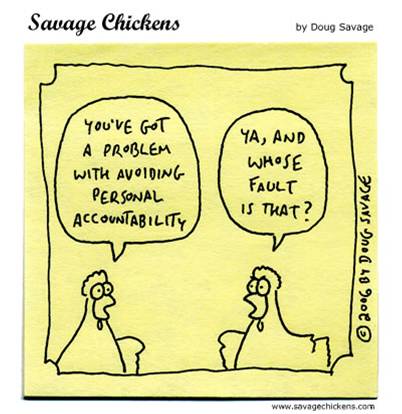 I’m pretty open when it comes to letting people see my mobile devices. I’m a bit less so when it comes to others using theM. One of the things that I have opened up a bit with has been with letting kids use my iPad when we adults are having our conversational moments. And this is good – I usually leave them with simple rules: (a) don’t do anything but use one of the two drawing apps; (b) don’t touch any of the existing artwork; (c) don’t drop it.
I’m pretty open when it comes to letting people see my mobile devices. I’m a bit less so when it comes to others using theM. One of the things that I have opened up a bit with has been with letting kids use my iPad when we adults are having our conversational moments. And this is good – I usually leave them with simple rules: (a) don’t do anything but use one of the two drawing apps; (b) don’t touch any of the existing artwork; (c) don’t drop it.
Until last weekend, that wasn’t much of an issue. One of the kids got inquisitive and went into one of my art pieces and wrote on it, went into another and actually erased it. Can you say pissed? Now, the kid that did it didn’t ask my permission to use the device, and the 5 year old who was given permission was overrun when it came to using it. I’ve got that part to work out (and the artwork was exported and backed-up). But, that did get me thinking again about accountability, access, and control of our devices.
Now, we’ve got a small section on our Bibles page regarding accountabiltiy apps – even adding a few parental control apps in there. But, as my situation from the weekend before demonstrates, there needs to be more than just software in place to keep shared device usage accountable – outside of enterprise settings where an IT department and governance policy is in place.
Before we go forth offering our thoughts for some simple policies to have in place before sharing devices with others, what are some ways that you might already define accountability and control when others access your mobile devices?